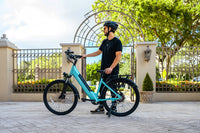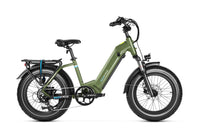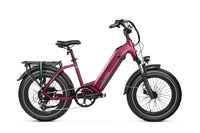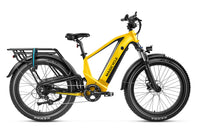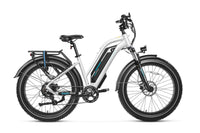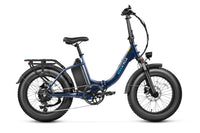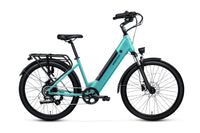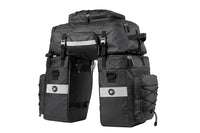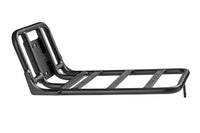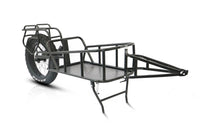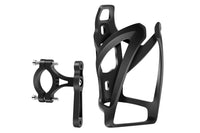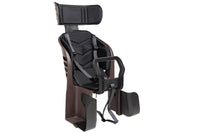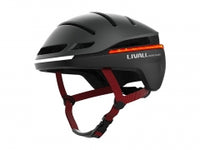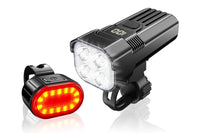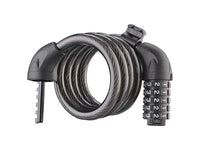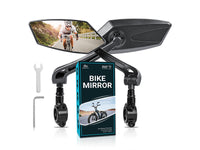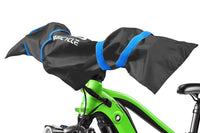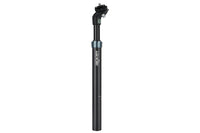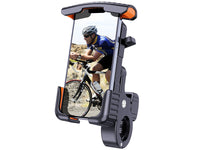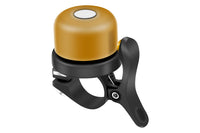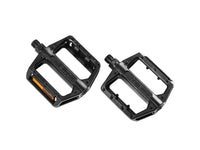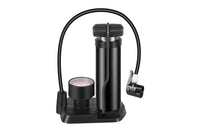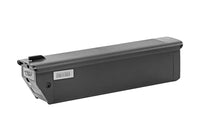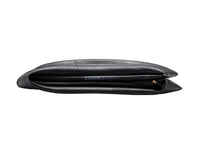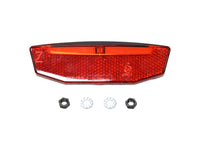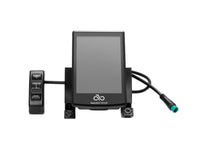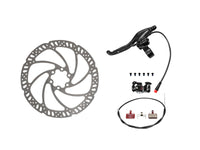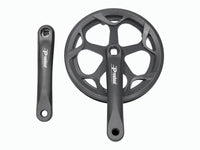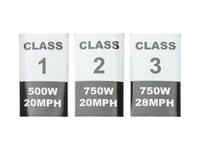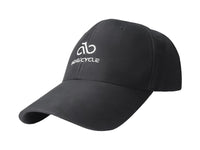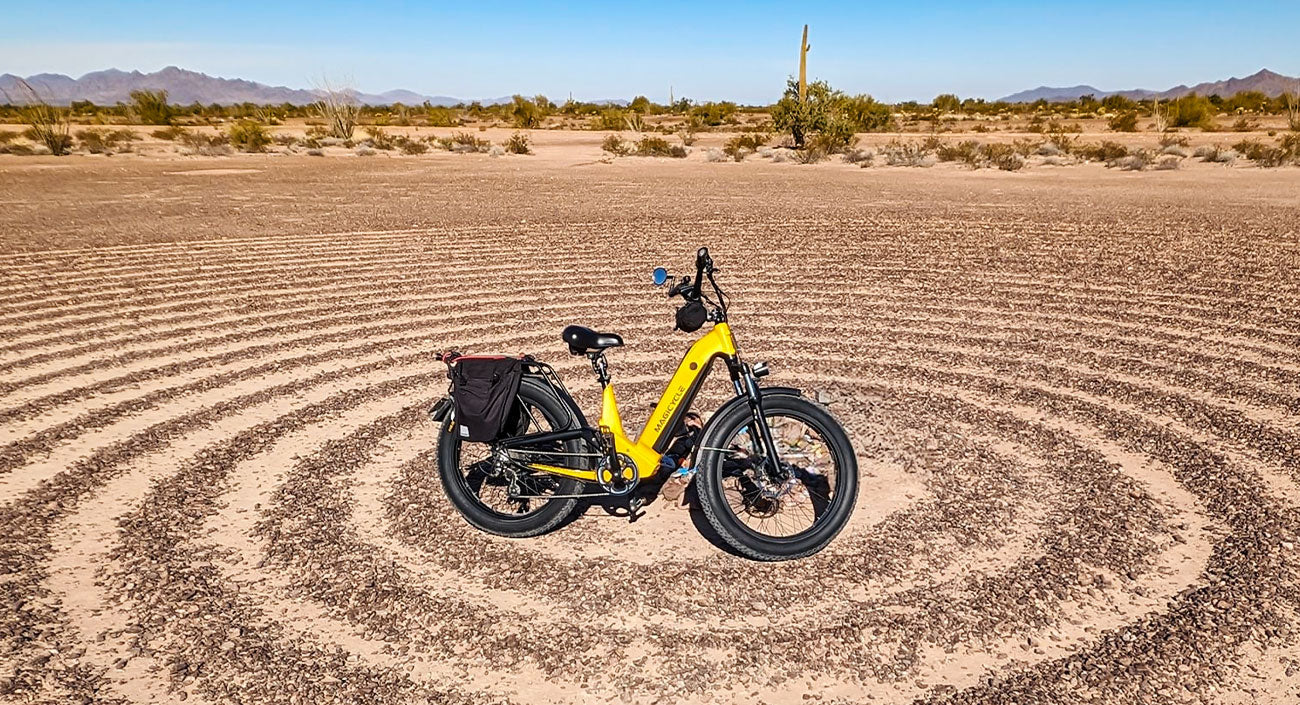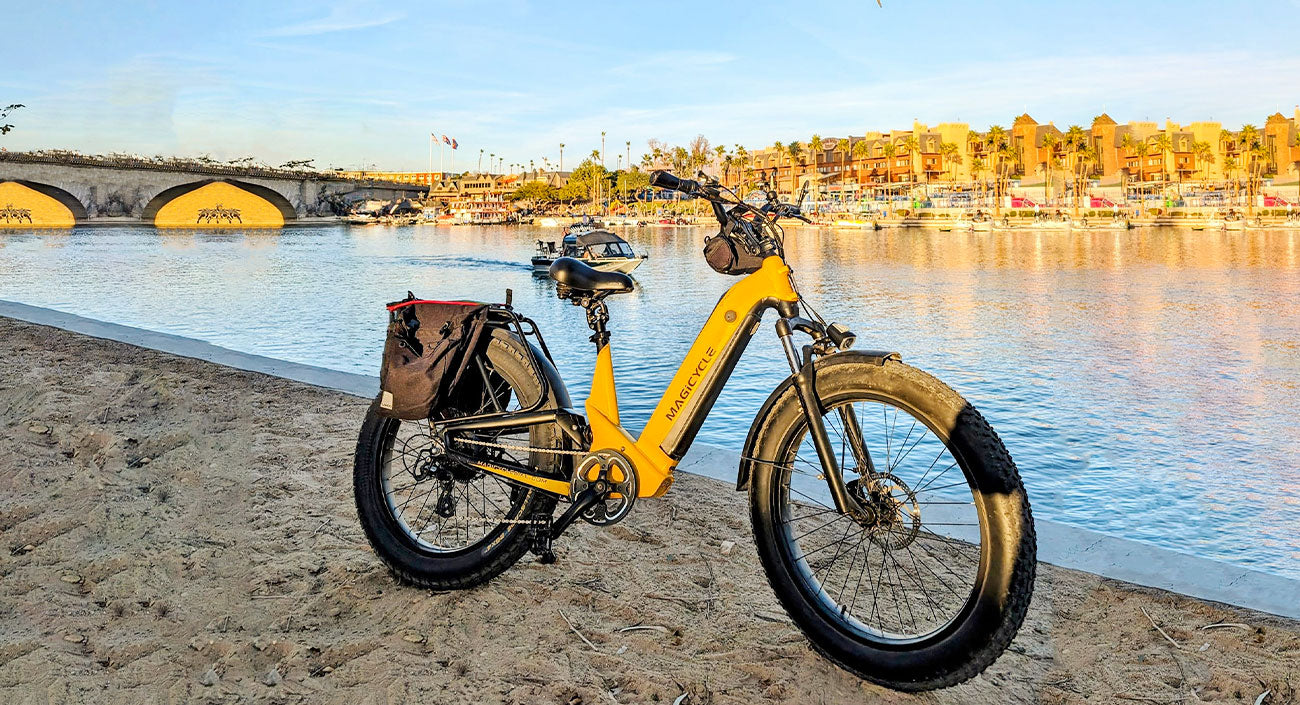 November 20,2024
November 20,2024
 November 20,2024
November 20,2024
Sunglasses should be an essential accessory for electric bike cycling and it is important to take a few minutes to learn the features and benefits of each model before making the purchase.
In the market, we can find several types depending on the type of lenses and their ability to filter the sun's rays, in order to obtain the clearest vision depending on the existing light.
Follow up with us, and see all the advantages and disadvantages before you make your choice.
In this sense, three types are recommended for cycling:
- Polarized, whose lenses only allow the passage of natural light, eliminating reflections.
- Transparent, for low light conditions (rain, fog, etc.).
- Photochromic, which combines characteristics of the previous two to become glasses for all types of conditions.
What are photochromic lenses?
The lenses of photochromic sunglasses are made of polycarbonate and have a surface layer of chemical compounds that are reactive to ultraviolet radiation from sunlight. These chemical compounds are chlorine, silver or copper alloys.
Reasons to buy photochromic sunglasses
Adapt to any lighting conditions
The intensity of the light usually varies on each outing with your bike. Good if you leave early at dawn and return with the midday sun or if a mountain bike route combines areas of meadow with sections of forest, for example.
Photochromic cycling glasses adapt in just a few seconds to each situation, filtering the necessary light to avoid glare and not lose sharpness.
No need to change lenses
Many conventional cycling sunglasses come with several sets of lenses (polarized, clear, etc.) that you will need to change and install before each electric bike ride depending on the light level that day.
With photochromic glasses you will have a single lens for all types of conditions, forgetting about the sometimes cumbersome lens changes.
They filter ultraviolet light
In addition to their ability to adapt to different light intensities, photochromic lenses also have ultraviolet radiation filters, which protect eye health.
Rides on electric bikes for sale, whether for training or just for fun, tend to be long and last several hours, so continuous exposure to the sun's rays without an ultraviolet filter can be harmful to the eyes.

Disadvantages of Photochromic Sunglasses
Photochromic sunglasses are great allies of the cyclist and guarantee clear, glare-free vision when the light changes. But neither are they infallible and their composition is not as valid as would be desired in certain situations. Here we tell you some of its disadvantages.
They are ineffective at high temperatures.
In areas with extreme summer temperatures, photochromic sunglasses do not darken as much as they should. This is why they do not sufficiently filter the intense rays of the sun at this time of year and the risk of momentarily blinding the eye increases.
They do not clear up in intense cold
On the other hand, extreme cold is usually accompanied by cloudy skies, rain, etc. It's hard for them to clarify. Thus you may not obtain the necessary sharpness and clarity of vision, forcing you to take off your glasses to continue the route.
They do not adjust the brightness level instantly
The chemical compounds in the filter used in photochromic cycling sunglasses take between 10 and 20 seconds to colour. This means that adaptation to the light of the environment is not instantaneous.
Its level of protection varies with extreme temperatures
In addition to their low sensitivity to extreme temperatures, the lenses of photochromic glasses do not have sufficient sunlight filtering in extreme light conditions (very dark or very light).
The category of lenses in which the photochromic filter oscillates goes from 1 (low light) to 3 (bright), but not 0 (very little light or night) or 4 (very bright light, as in the high mountains or the sea).
If you are going to buy new sunglasses for cycling, photochromic ones should be your first option if you have a more or less comfortable budget.
They will allow you to ride without glare due to changes in light caused by weather conditions or the environment, maintaining a clear and sharp vision throughout the route.
On the other hand, you must keep in mind that they lose their properties under extreme lighting conditions and temperatures (much or very little light) and the lenses are prone to wearing out more quickly than polarized ones, so their care and cleaning must be carried out carefully. more thorough.























































